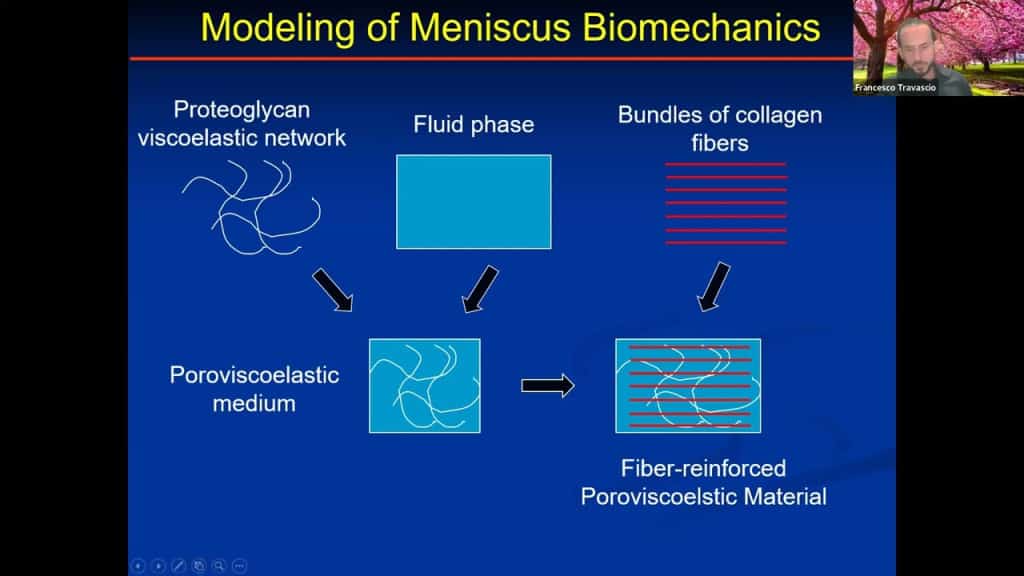Polymer, paint, and hard materials research is a branch of materials science that deals with the design, synthesis, and characterization of materials, such as polymers, coatings, and composites. This field of research is essential for developing new materials with improved mechanical, chemical, and physical properties that can be used in various applications, such as construction, aerospace, and automotive industries. Thin sample sections are required for in-depth analysis such as stress and strain of materials.
Softer materials such as biogel, tissue matrix, organoids, can be sectioned easily with the Compresstome. Applications such as
See why the Compresstome is better.
Hard materials can be sectioned easily with the Precisionary microtomes. Applications such as
Not sure which model is right for your needs?


Dr. Travascio described the key functions, structures and composition of the meniscus in the knee and explained experimental methods for characterizing tissue transport and mechanical properties for the meniscus.
Wang WY, Kent RN 3rd, Huang SA, Jarman EH, Shikanov EH, Davidson CD, Hiraki HL, Lin D, Wall MA, Matera DL, Shin JW, Polacheck WJ, Shikanov A, Baker BM. Direct comparison of angiogenesis in natural and synthetic biomaterials reveals that matrix porosity regulates endothelial cell invasion speed and sprout diameter. Acta Biomater. 2021 Nov;135:260-273. Epub 2021 Aug 29. PMID: 34469789; PMCID: PMC8595798. Download PDF
Zhou Y, Pereira G, Tang Y, James M, Zhang M. 3D Porous Scaffold-Based High-Throughput Platform for Cancer Drug Screening. Pharmaceutics. 2023 Jun 9;15(6):1691. PMID: 37376138; PMCID: PMC10304563. Download PDF
You’ll hear back from us in one business day
© 2023 Copyright
*Academic discounts are only valid for customers in North America.
© 2023 copyright